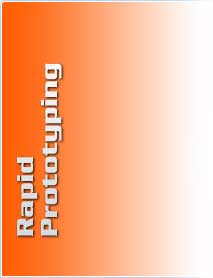

Three methods of rapid prototyping are commonly used to produce models. TECH, INC utilizes each to best suit the need of each customer or project.
Stereolithography
The most widely used type of rapid prototyping is Stereolithography (Stereolithography Apparatus or SLA); SLA is a form of additive fabrication which allows you to physically evaluate a prototype before moving into mass production.
SLA rapid prototyping is capable of taking complex geometric CAD designs and, typically, within hours producing a tangible model. By compiling layers of liquid photopolymer resin, SLA creates a three-dimensional part which has both a high level of accuracy to the original design and a quality exterior finish.
Selective Laser Sintering
A more diverse type of rapid prototyping is SLS, or Selective Laser Sintering. Another additive rapid prototyping method, SLS uses powder materials to develop products.
These powders can range greatly, from:
- polymers
- nylon
- polystyrene
- metals
- steel
- titanium
- and alloy mixtures.
This rapid prototyping technique is most often used in the design phase and is favored for its near density representation.
Fused Deposition Modeling
Sometimes more economical of the three methods, Fused Deposition Modeling (FDM) is the second most widely used technique for rapid prototyping. The layering process in this method uses a plastic filament or metal wire that offers strength and durability.
The nozzle which disburses the materials for the model is directly operated by the CAD program which contains the original design.
